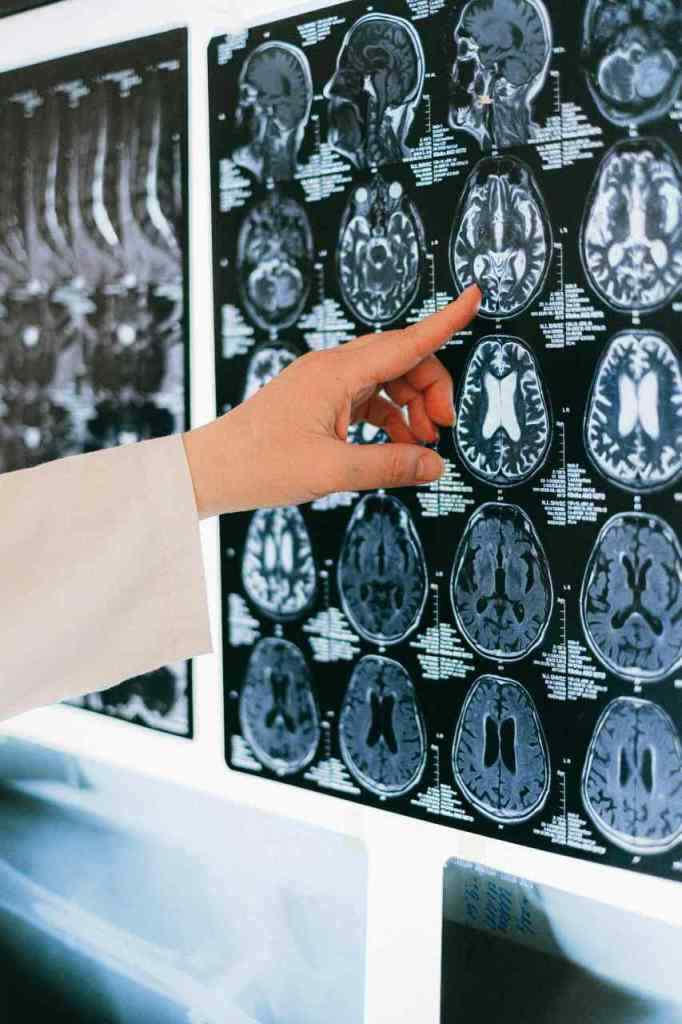CMRxRecon Dataset: A Breath of Fresh Air for Cardiac MRI Reconstruction
Alright folks, gather ’round! Let’s talk about hearts, or more specifically, how we visualize those tickers using the magic of MRI. Cardiac MRI is like the VIP lounge of heart imaging – it gives us super detailed pictures of the heart’s structure and function. But here’s the catch: it can be a tad slow and needs these things called “fully sampled” images, which take their sweet time. That’s where deep learning swoops in like a superhero, promising faster scans and clearer images. But even superheroes need training, right? Enter the CMRxRecon Dataset – a treasure trove of cardiac MRI data ready to supercharge the next generation of deep learning algorithms.
Subject Characteristics
Ethics Statement
Now, before we dive into the nitty-gritty, let’s talk ethics. This isn’t some shady back-alley operation. The brilliant minds at Fudan University got the official nod (approval number: FE20017) from their institutional review board, meaning they dotted their ‘i’s and crossed their ‘t’s. Every participant was in the loop, giving full consent for their anonymized data to be shared – because sharing is caring, especially when it comes to advancing science!
Inclusion Criteria
So, who were these heart-healthy heroes donating their data? We’re talking about adults with no history of heart disease, because hey, gotta start with a clean slate. And of course, they had to be down for a full MRI exam – no half-measures here!
Participant Demographics
Hold onto your hats, data enthusiasts, because here comes the breakdown: a diverse group of healthy volunteers, with a slight lean towards the ladies (we see you, queens!). The recruitment drive lasted almost a year, from June 2022 to March 2023, gathering a solid crew with an average age of around twenty-six. This wasn’t your grandpa’s study group!
Image Acquisition
MRI Scanner
No dusty old machines here! We’re talking top-of-the-line, a 3T MAGNETOM Vida (from the wizards at Siemens Healthineers, Germany) – basically, the Rolls Royce of MRI scanners. And to capture those heartbeats in all their glory – a dedicated 32-channel cardiac coil. Talk about high-tech!
Patient Positioning and Monitoring
Comfort is key, even in the name of science. Participants got comfy in a supine position (that’s lying on their back, for us non-medical folks). ECG electrodes were attached to monitor those precious heart rhythms, and a “Dot” engine was used for scout imaging – because even superheroes need a little guidance.
Imaging Sequences (Figure 1)
Now for the main event – the imaging sequences! Think of it as a carefully choreographed dance of magnetic fields and radio waves, all orchestrated to capture the heart’s movements with stunning precision.
